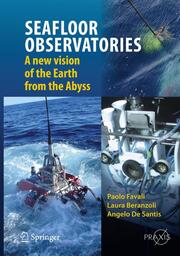Detailansicht
SEAFLOOR OBSERVATORIES
A New Vision of the Earth from the Abyss, Springer Praxis Books - Geophysical Sciences
ISBN/EAN: 9783642113734
Umbreit-Nr.: 1837164
Sprache:
Englisch
Umfang: xxxi, 676 S., 42 s/w Illustr., 306 farbige Illustr
Format in cm:
Einband:
gebundenes Buch
Erschienen am 18.09.2015
Auflage: 1/2015
€ 171,19
(inklusive MwSt.)
Nachfragen
